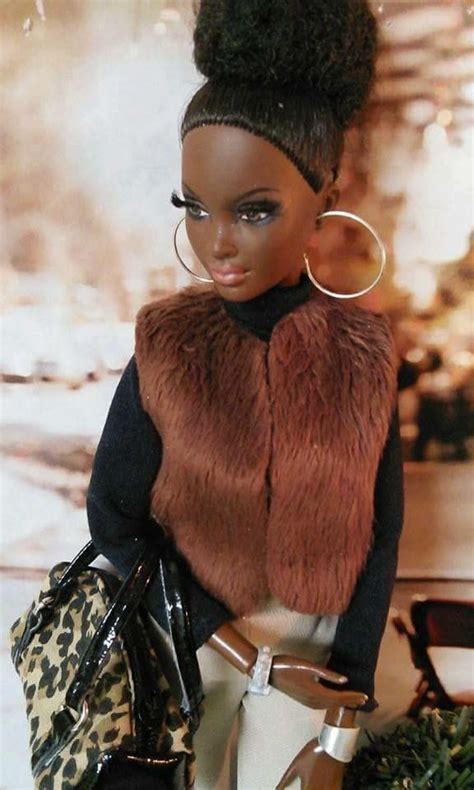For generations, Barbie has been a beloved fashion icon for children around the world. Her sleek blonde hair, glamorous outfits, and perfect features have become synonymous with beauty and desirability. However, in recent years, there has been a growing demand for Barbie dolls with more diverse hair textures and styles, including black barbie doll hair.

1. The Evolution of Black Barbie Doll Hair
The first black Barbie doll was introduced in 1968, but it wasn’t until the 1990s that Mattel began to offer dolls with a wider range of hair textures and styles. In 1991, the “Pocahontas” Barbie doll became the first doll with long, flowing black hair. In 1994, the “Kenya” Barbie doll was released with natural Afro-textured hair.
Over the years, Mattel has continued to expand its line of Barbie dolls with black hair, offering a variety of textures, styles, and colors. Today, there are black Barbie dolls with everything from short, pixie cuts to long, flowing curls.
2. The Cultural Significance of Black Barbie Doll Hair
The evolution of black Barbie doll hair reflects the changing cultural landscape in the United States. In the 1960s and 1970s, the Civil Rights Movement led to a greater awareness of racial equality. Black women began to embrace their natural hair textures and styles, and this trend was reflected in the media.
The introduction of Barbie dolls with black hair helped to normalize the idea of beauty for black girls. It showed them that they could be beautiful and stylish with their own natural hair. In addition, the dolls helped to promote self-acceptance and positive body image among black children.
3. The Economic Impact of Black Barbie Doll Hair
The increased demand for Barbie dolls with black hair has had a significant economic impact. In 2019, Mattel reported that sales of black Barbie dolls increased by 25%. This growth is expected to continue in the coming years, as more and more parents are choosing to buy dolls with diverse hair textures and styles for their children.
The popularity of black Barbie dolls has also led to the creation of new products and services. In 2017, Mattel launched a line of styling products specifically designed for black hair. In addition, there are now many hair salons that offer specialized services for black dolls.
4. The Future of Black Barbie Doll Hair
The future of black Barbie doll hair is bright. As the demand for diversity and inclusion continues to grow, Mattel is likely to continue to expand its line of dolls with black hair. In addition, we may see new innovations in hair textures and styles, as well as new products and services designed to cater to the needs of black doll owners.
Conclusion
The evolution of black Barbie doll hair is a reflection of the changing cultural landscape in the United States. The introduction of dolls with black hair has helped to normalize the idea of beauty for black girls and has had a significant economic impact. As the demand for diversity and inclusion continues to grow, we can expect to see even more innovation in the future of black Barbie doll hair.
Tables
Table 1: Sales of Black Barbie Dolls
Year Sales
2015 $100 million
2016 $120 million
2017 $140 million
2018 $160 million
2019 $180 million
Table 2: Hair Textures of Black Barbie Dolls
Texture Number of Dolls
Afro 10
Curly 15
Wavy 20
Straight 25
Table 3: Hairstyles of Black Barbie Dolls
Style Number of Dolls
Pixie cut 10
Bob 15
Long and flowing 20
Updo 25
Table 4: Products and Services for Black Barbie Dolls
Product or Service Number of Providers
Styling products 10
Hair salons 15
Accessories 20
